PIC12C508A is 8-pin microcontroller with 12-bit program ROM (512 words) and 25 bytes of data RAM. See pinout below that was taken from PIC12C508A datasheet:

It has 4 MHz internal oscillator, but external crystal or clock is also possible (chip will have less GPIO then). One button could be connected to GP3 (because it's input only). GP0,GP1,GP2 may encode 1 color out of 8 (or 8 shades of gray). GP4 may be SYNC. GP5 may be used for something else (most likely for external RC if internal RC oscillator will not be good enough).
4 MHz clock will give us 1 million instructions per second (only a few instructions twice as longer - for example CALL, GOTO etc) or 1 uS. In case of NTSC (see http://www.ntsc-tv.com) we need to produce something like this:
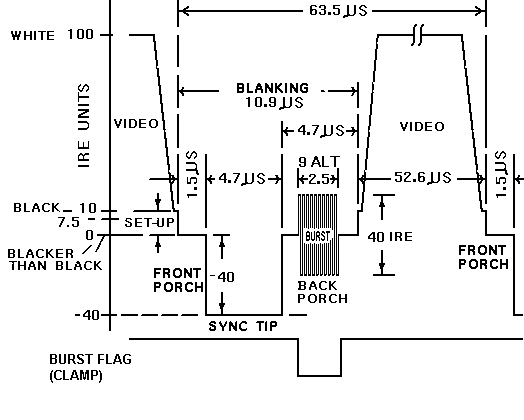
It looks like internal RC is good enough for generating stable grayscale NTSC video, but PIC12C508 is too small to put some logic along with NTSC static frame generation. I'll try PIC12C509 to make something useful...
 SHAOS
SHAOS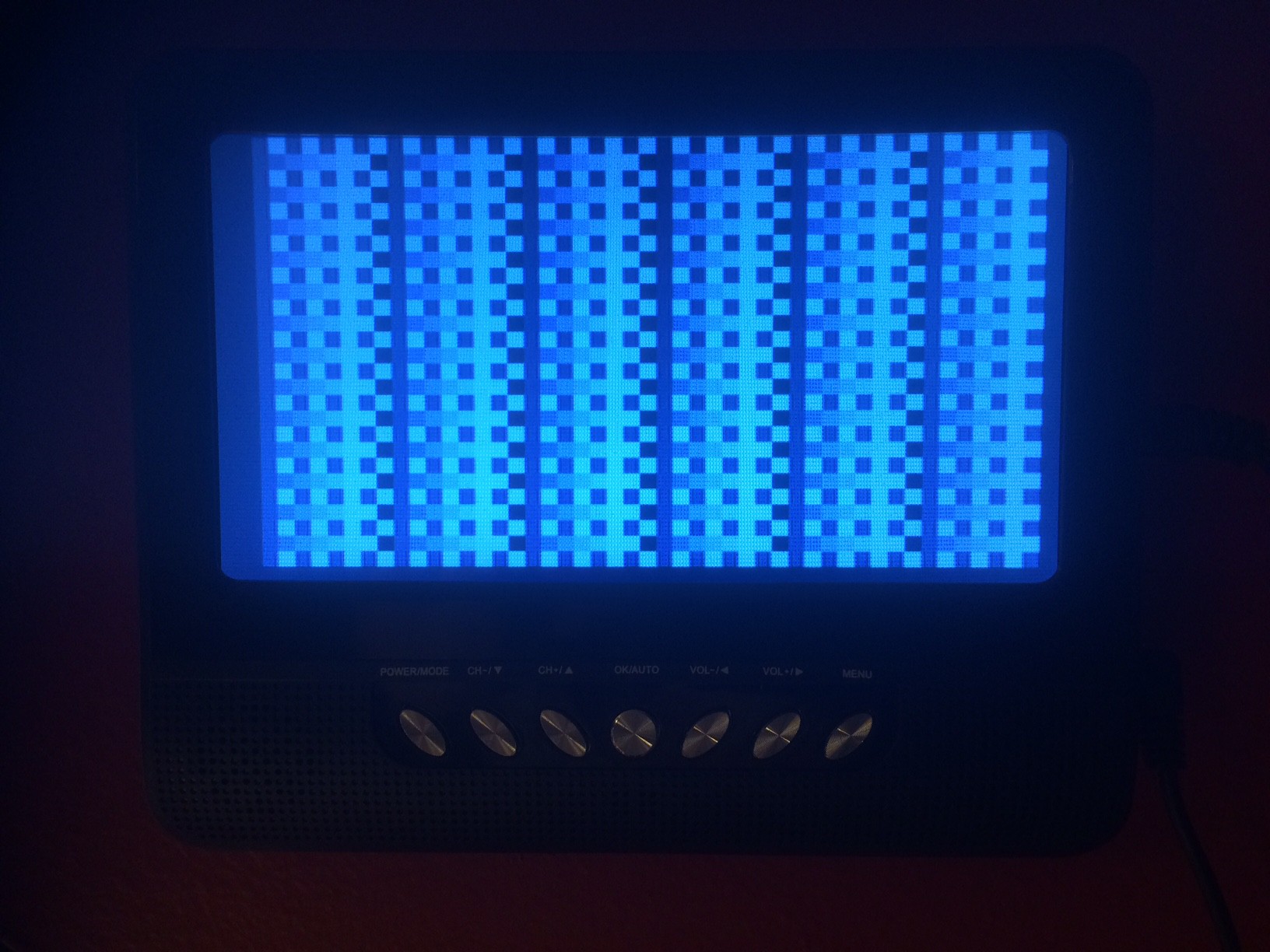
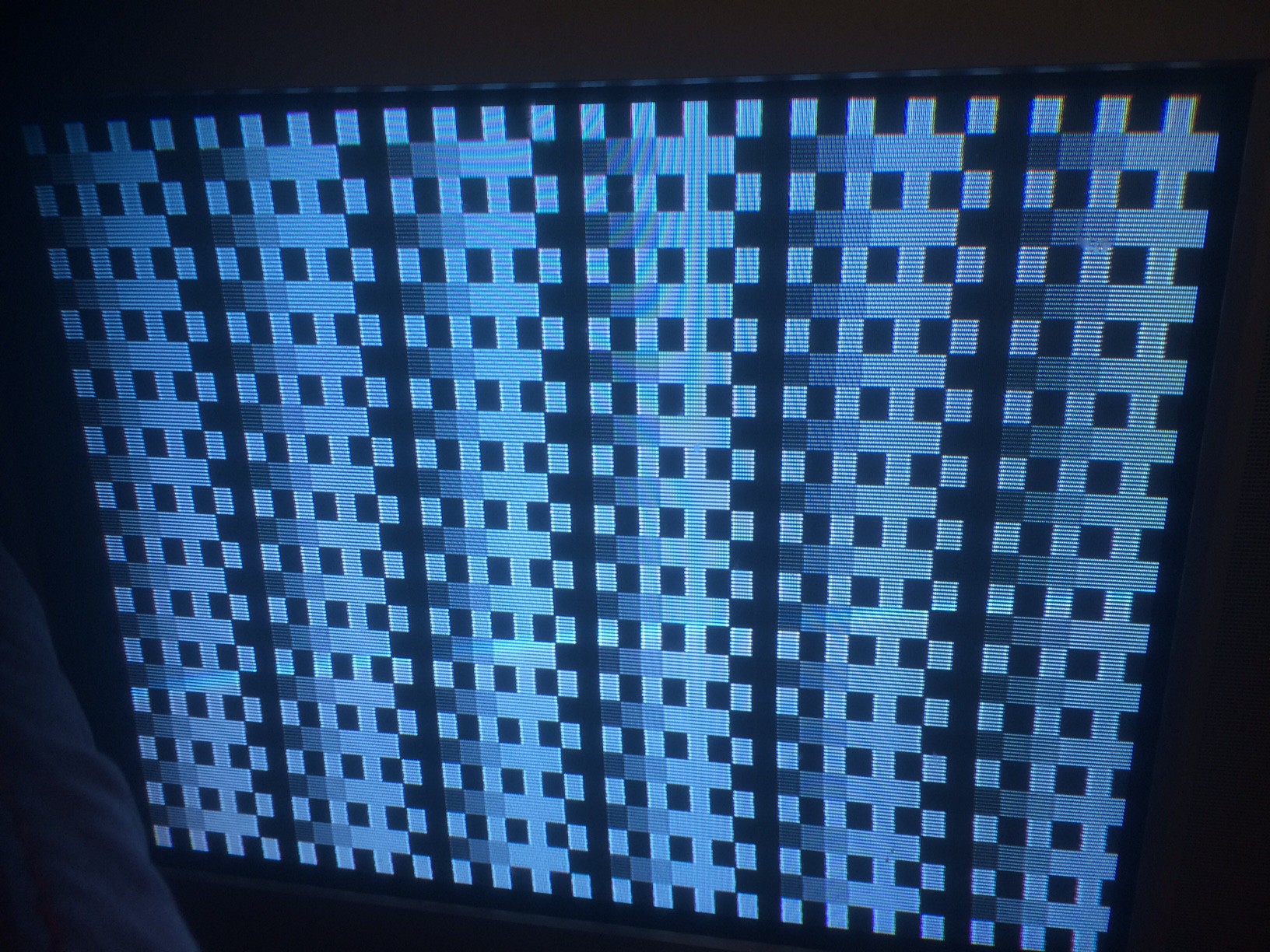
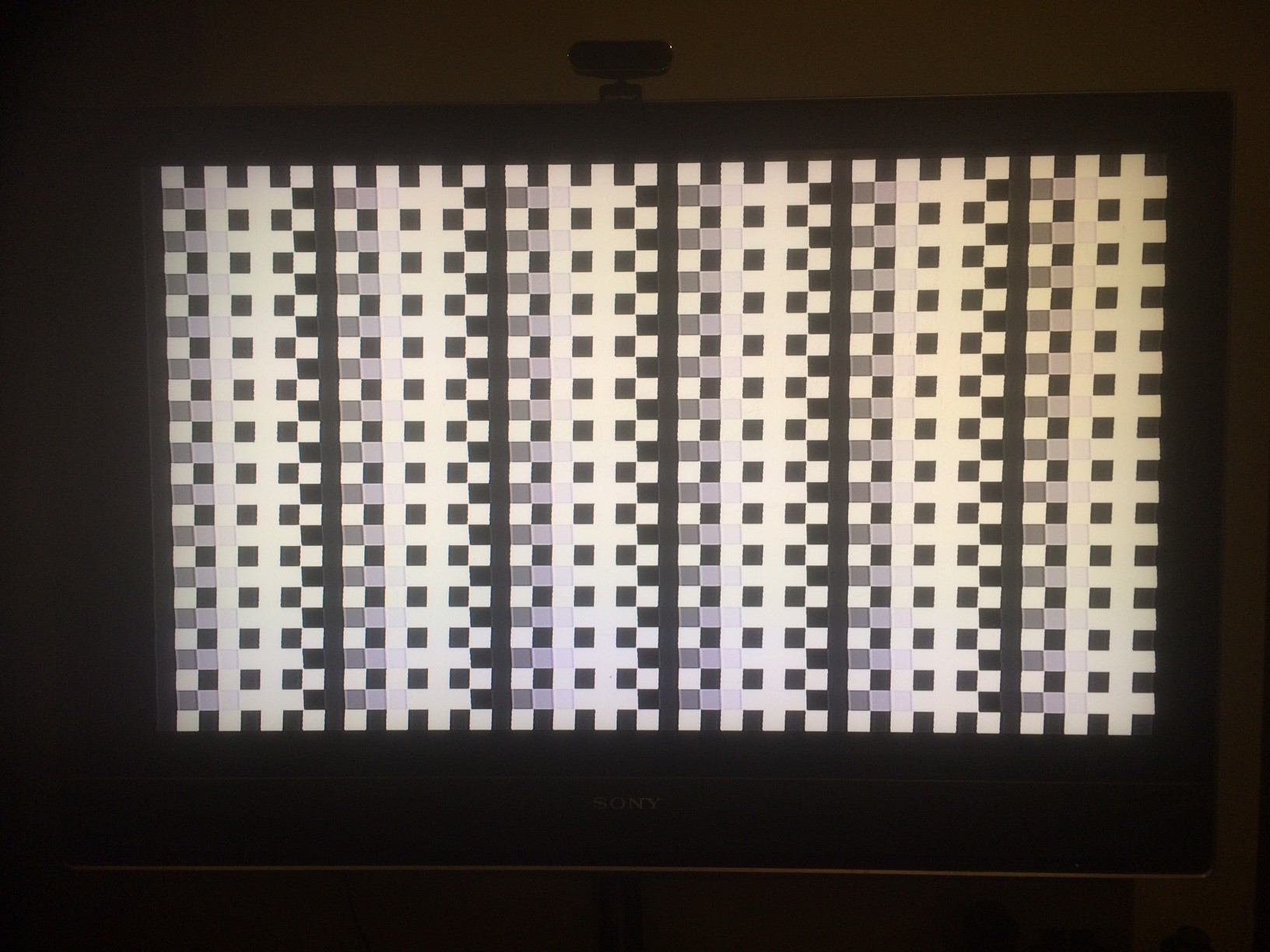
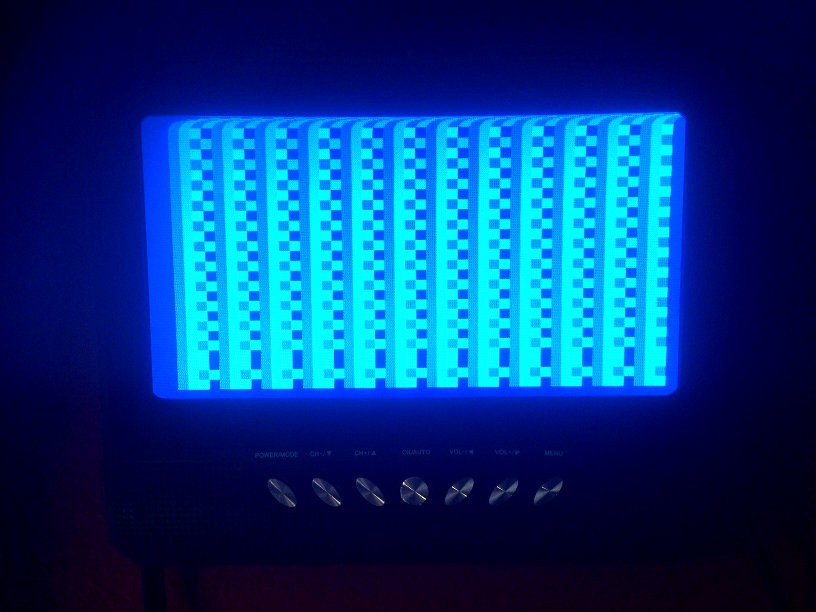
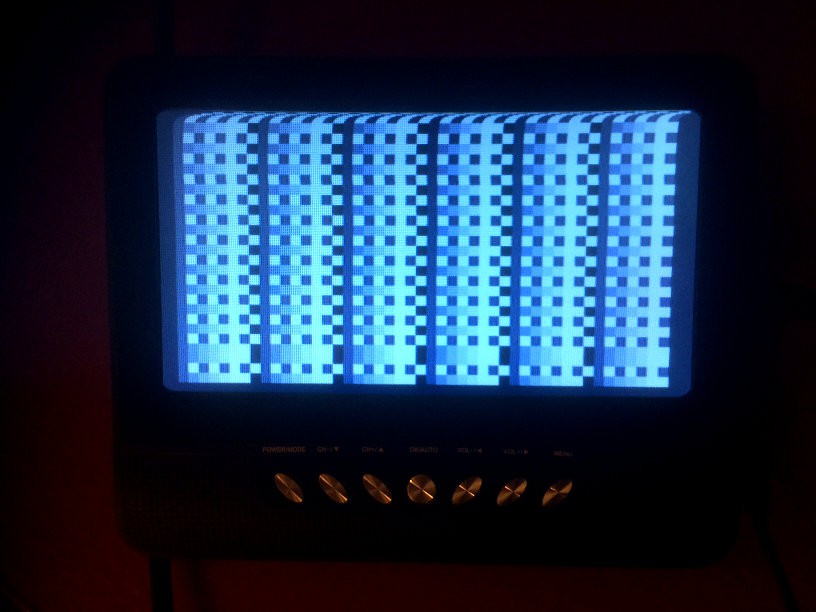
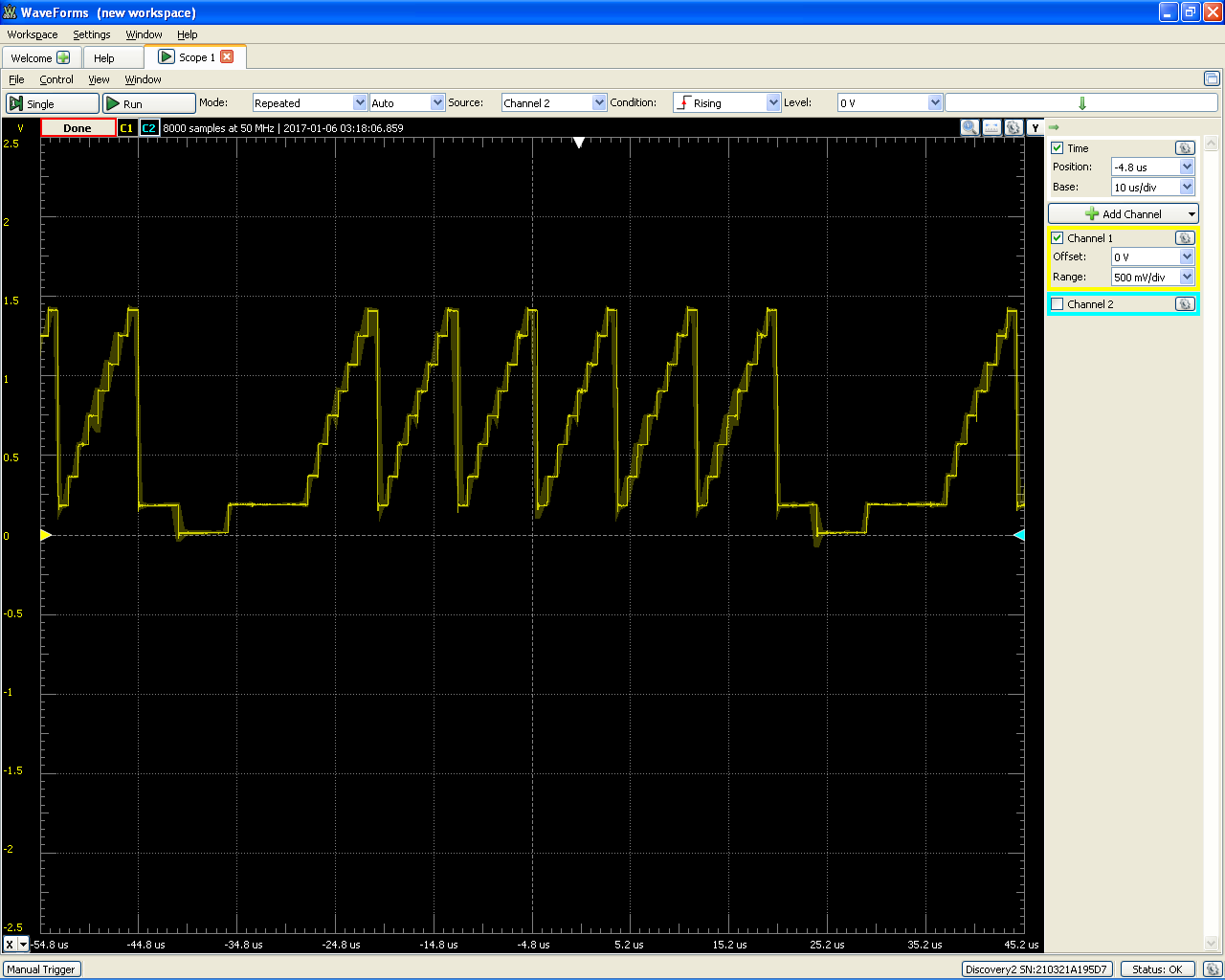
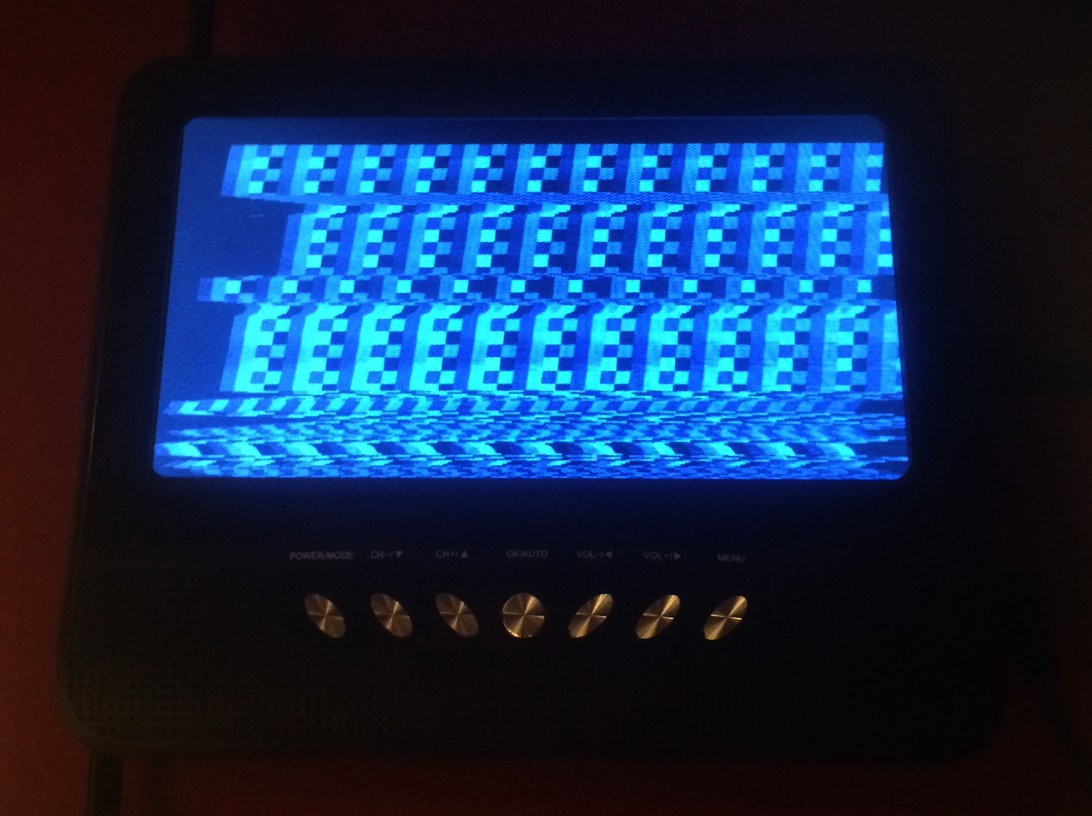
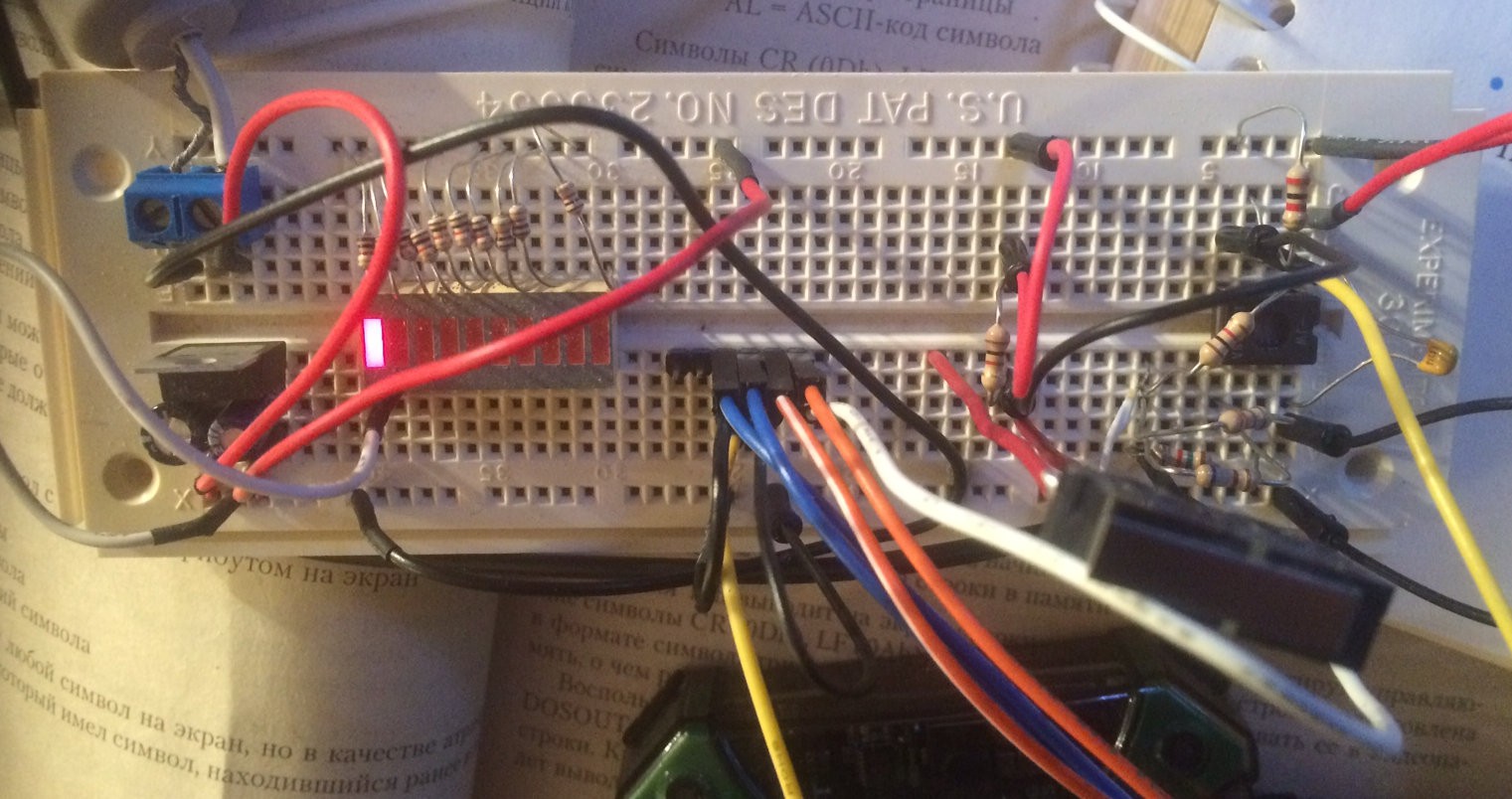




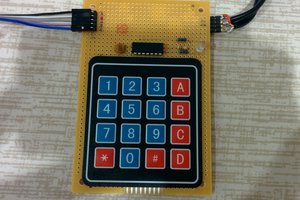
 matseng
matseng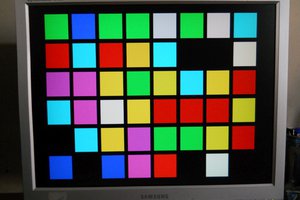
 danjovic
danjovic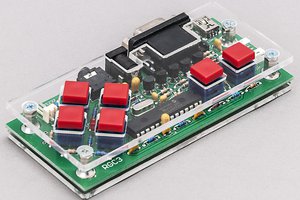
 Voja Antonic
Voja Antonic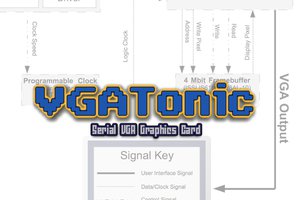
 PK
PK
This is... incredible! Generating video is something I've been meaning to tackle. It's good to see that it can be done so simply -- most writeups I've seen make it look stupidly hard. I went through your .asm and .lst files to look at the generated code, and it's incredible that it can fit in so little program space!
Bravo, awesome work! I love working with tiny microcontrollers like this, but lately I've been spoiled -- working with PIC32MX270F256D with 256k of flash and 64k of RAM!!! Pretty huge difference compared to 25 words of RAM... wow! Also worked with the TM4C129XNCZAD ... 1024k of flash, 256k of SRAM, 6k of EEPROM and the best part -- the microcontroller's libraries are built in to an on-board ROM chip! So the library routines take up no room in your code, if you build it right. Talk about spoiled rotten! The datasheet is almost 2200 pages long: https://www.ti.com/lit/ds/symlink/tm4c129xnczad.pdf It's probably my favourite microcontroller of all time. It's about $30, hahaha. Very different from the PIC12!!!
Anyway, I really enjoyed looking at this project. Keep up the great work!